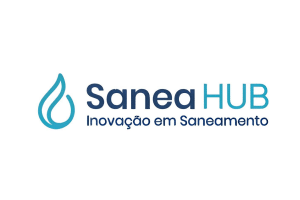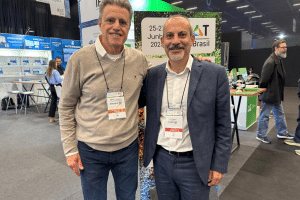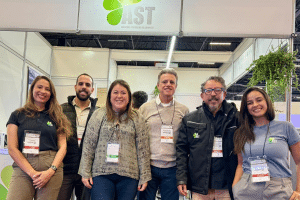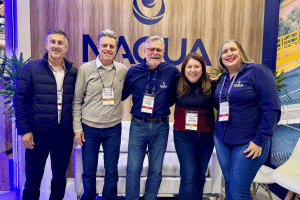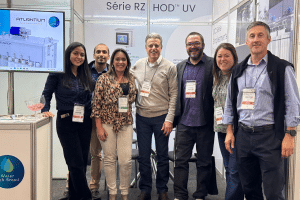Novos avanços estão surgindo para a verificação e controle de drogas nos sistemas de esgoto. Através de coletas realizadas nas estações de tratamento, pesquisadores conseguem fazer um paralelo entre o percentual encontrado e o consumo na região monitorada.
Embora o número de drogas aumente a cada ano, com estimativa de cerca de 100 novas drogas apenas para o ano de 2014, os recentes avanços permitem uma avaliação mais completa das análises coletadas, sendo capazes até mesmo em encontrar mudanças nos padrões de consumo das áreas monitoradas.
Com os resultados é possível auxiliar o sistema de saúde local, com informações sobre as substâncias que acabam sendo descartadas no sistema de esgoto, contribuindo para a identificação de novas substâncias e prevendo os tratamentos necessários.
Acompanhe o artigo na íntegra:
Wastewater Analysis Used To Monitor Drug Consumption
Researchers are making breakthroughs in how they use sewage to track drug use.
Scientists have been testing wastewater at sewage plants for about a decade to keep tabs on drug consumption.
“This involves collecting samples from wastewater treatment plants and scouring them for traces of substances: the higher the percentage of a substance, the more widespread its assumed consumption in the monitored community,” Motherboard recently reported.
Though useful for spotting certain drugs, this process does not always give scientists a complete picture of drug consumption. The approach works well “for drug epidemiologists on the lookout for the usual suspects: cocaine, heroin, amphetamine and so on. It is far less efficient, though, at gauging use patterns of new lab-made drugs such as so-called ‘legal highs’ — chemicals with effects similar to illicit drugs, but not always explicitly forbidden,” the report said.
Liesbeth Vandam, a researcher, spoke to Motherboard about the role of this testing.
“There are too many new psychoactive substances arising on the market — only in 2014, we got at least 100 new drugs,” Vandam said. “We can assume that the user base for each of them is low, which means they are difficult to find in wastewater [because of weaker concentration].”
But now researchers have invented a process, still reliant on sewage, that provides a fuller picture of drug use patterns.
“Over the last two or three years some scientists have taken their analysis closer to the source,” Motherboard reported. Recent studies detail “how sourcing wastewater directly from public toilets where drug use is expected to be of interest, rather than waiting for it to reach water plants, could help find suspicious chemicals more effectively.”
The European Monitoring Center For Drugs And Drug Addiction recently published a paper reviewing the latest methods. The paper acknowledged how important wastewater plants have been in recent drug research.
“By being able to detect changes in drug use patterns over time and as they occur, wastewater analysis can help health and treatment services in a number of ways. Alerting hospitals to the identities of new psychoactive substances being used in nightlife settings and predicting changes in treatment needs based on longer-term monitoring are but two potential examples,” the report said.
A previous study by the European Monitoring Center for Drugs and Drug Addiction examined wastewater from over 50 European cities. “The results provide a valuable snapshot of the drug flow through the cities involved, revealing marked geographical variations,” the study said.
The researchers observed that “cocaine use is higher in western and some southern European cities and lower in northern and eastern European cities. Amphetamine use was found to be relatively evenly distributed across European cities, although with highest levels reported in the north and northwest of Europe,” the study said.
Sometimes excreted drugs wind up in the drinking water supply. Water Online reported: “It has long been known that there are trace amounts of PPCPs (pharmaceutical and personal care products) that escape our wastewater treatment plants and end up in waterways, including drinking water sources.” U.S. regulators are considering whether to create restrictions on PPCPs.
For more stories about testing wastewater, visit Water Online’s Wastewater Analysis Solutions Center.
Fonte: Water Online
Foto: “Pills 1,” eMagine Art © 2010, used under an Attribution 2.0 Generic license: https://creativecommons.org/licenses/by/2.0/






























